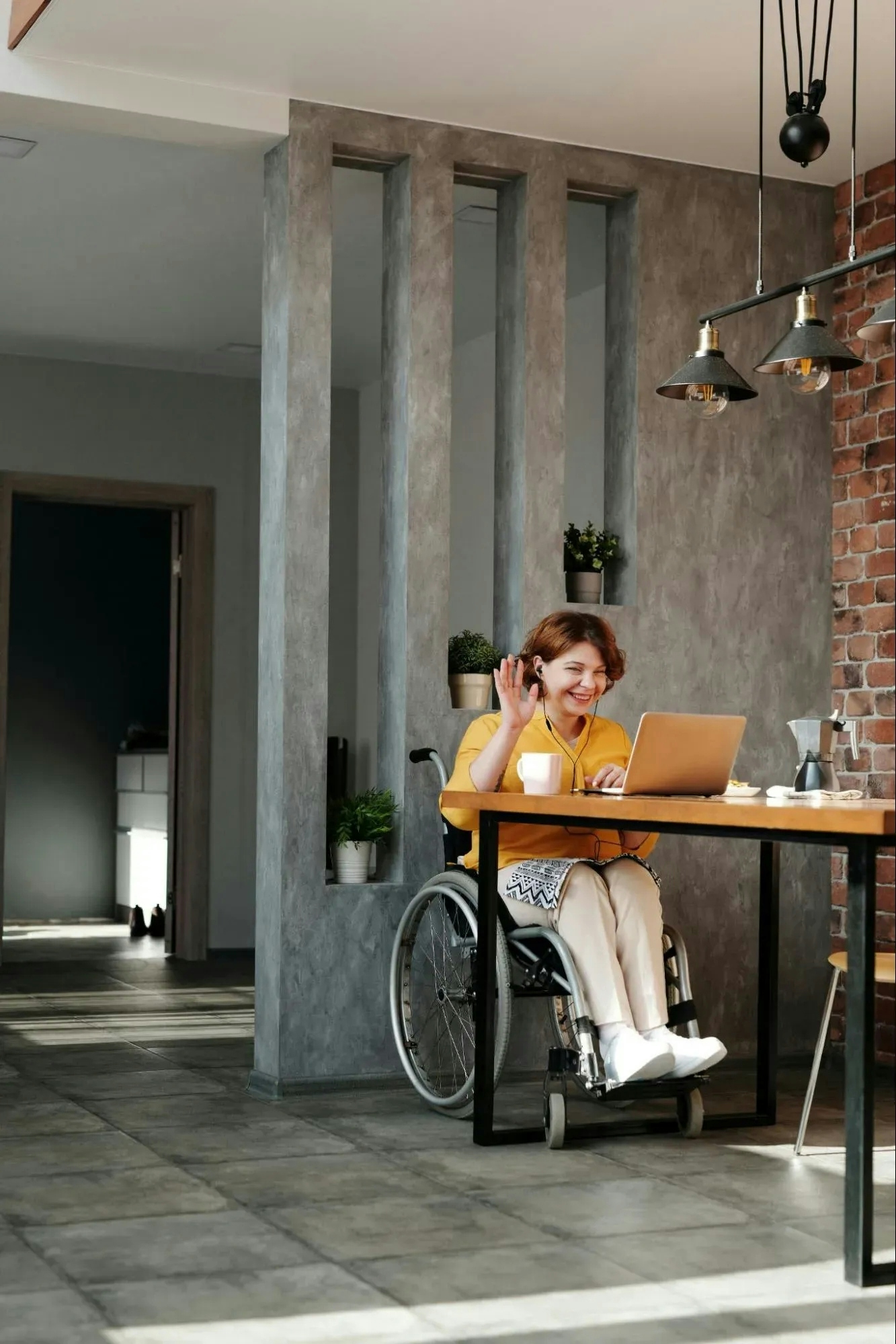How Do Occupational Therapists Assist in Adapting Environments for Patient Needs?
OccupationalTherapist.io

How Do Occupational Therapists Assist in Adapting Environments for Patient Needs?
Occupational therapy professionals play a pivotal role in tailoring environments to enhance patient well-being, as demonstrated by an Occupational Therapist who implemented ADHD-focused adaptations. Alongside expert perspectives, we've gathered additional answers that reflect a breadth of strategies employed to optimize focus and engagement. From creating sensory-friendly spaces to preventing injury with ergonomic setups, discover the transformative ways occupational therapists optimize their patients’ spaces.
- Collaborate to Assess Needs Across Environments
- Remove Distractions for Engagement
- Create Sensory-Friendly Spaces
- Empower With Assistive Technology
- Design Accessible Workspaces
- Implement Noise-Reduction Strategies
- Prevent Injury With Ergonomic Setups
Collaborate to Assess Needs Across Environments
As an occupational therapist working in pediatrics, I would like to mention a 5-year-old student with ADHD. I assessed the home environment and class environment to make it more conducive to his needs. I recommended changes like creating clear pathways, organizing belongings in accessible ways, and providing visual cues for routines. Removing distractions and setting up designated study areas with minimal distractions were also part of the plan. These adaptations aimed to support the student's focus, organization, and independence in completing tasks at home. Collaboration with the student, parents, and teachers ensured the adaptations met the student's needs effectively.
Remove Distractions for Engagement
As a pediatric occupational therapist, I am constantly adapting the environment to support client engagement and attention. One way that I support attention to task is by having a desk angled in the corner of the room with minimal visual distractors. This allows clients to focus on their work. If a client does not want to sit at the table, I will adapt by setting up an activity on the floor to support client engagement.
Create Sensory-Friendly Spaces
Occupational therapists play a crucial role in adapting environments to suit the sensory needs of patients. They carefully assess the lighting and furniture to ensure that spaces do not overwhelm individuals with sensory sensitivities. By selecting softer, dimmable lighting options and furniture with comfortable, non-irritating materials, they create a calming atmosphere.
Such adjustments help individuals remain focused and at ease within a space. For those looking to make their space more sensory-friendly, consider consulting with an occupational therapist for personalized advice.
Empower With Assistive Technology
Assistive technology can significantly improve the independence of patients during their daily activities. This is especially beneficial for individuals with motor impairments who might struggle with tasks like dressing, eating, or writing. An occupational therapist can evaluate a patient's specific needs and suggest devices like adapted cutlery, voice-to-text software, or button hooks.
These tools are designed to empower patients to perform tasks more efficiently and with less assistance. Reach out to a professional to learn more about how assistive technology could aid you or someone you know.
Design Accessible Workspaces
Creating an accessible workspace is another area where occupational therapists offer expertise. They analyze the specific needs of individuals with physical disabilities and design workstations that accommodate wheelchairs, limited reach, or reduced mobility. Adjustments might include adjustable desks, strategically placed shelves, or specialized chairs.
Their goal is to enhance productivity and independence by modifying work environments. If you need assistance making your workspace more accessible, contact an occupational therapist for a consultation.
Implement Noise-Reduction Strategies
Occupational therapists recognize the importance of a distraction-free environment for patients who need help with concentration. They may suggest strategies to reduce noise, such as incorporating sound-absorbent materials in a room's design or using white noise machines to mask disruptive sounds.
These interventions are aimed at creating an atmosphere conducive to concentration, which is essential for productivity and stress reduction. If noise reduction in your space is needed, an occupational therapist can help you identify and implement suitable strategies.
Prevent Injury With Ergonomic Setups
For injury prevention, occupational therapists advocate for ergonomic setups in living and working environments. They assess the equipment and furniture used by individuals to identify potential risks and then suggest changes, such as adjustable chairs or monitors at eye level.
Such modifications can help minimize the strain on the body, thus preventing repetitive stress injuries and other physical issues. To protect yourself from injury at home or work, seek guidance from an occupational therapist on creating an ergonomic environment.